
Billion-franc Rolex project uncovers ancient Roman road

Antiquity meets precision: the construction of a new Rolex factory in Bulle, western Switzerland, has revealed a Roman past.
Rolex is going big in Gruyère: the Geneva-based luxury watch giant is investing over CHF1 billion ($1.1 billion) in a new factory in Bulle, canton Fribourg, which will be the size of 15 football pitches and create 2,000 jobs.
Rolex has acquired a greenfield site for the new factory. The land used to be an agricultural area and was utilised by the Romans.
During archaeological excavations on the site, a 200-metre-long ancient Roman road was discovered along with burial sites. Pottery shards from the La Tène period, the later Iron Age, were also found.
Archaeologists are currently documenting the finds. It is very rare to be able to investigate such a long section of a Roman road, says Jacques Monnier from the Fribourg department of archaeology. “The road probably served as an access route to a Roman villa,” he says.
The surface of the ancient road consists of a mixture of large stones and fine gravel. Heavy carriages could travel on the road without damaging it. “It’s impressive how people back then were able to build such roads with the simplest of means,” says Joaquim Furrer, one of the excavation leaders.
The Rolex watch brand is owned by the Hans Wilsdorf Foundation. The company, which is not listed on the stock exchange, does not publish any figures. According to industry experts, one million Rolex watches are produced each year, while demand is said to be twice as high.
According to the bank Morgan Stanley, the Rolex Group achieved a turnover of CHF10 billion in 2022. Of the 14,000 employees worldwide, 9,000 work in Switzerland.
The work brought to light numerous objects that had been lost by travellers. These include old coins, arrowheads, shoes and broken wheels. “With every item you can imagine a story that happened 2,000 years ago,” Furrer says.
It had been known for 20 years that there were remains from Roman times on the site. But it was the Rolex construction site that enabled the archaeologists to uncover the road and examine it more closely.
Once the entire Roman road has been completely uncovered and examined by the end of April, it will disappear again. “It is normal for archaeological finds to be destroyed during such construction projects,” says Monnier.
However, the old Roman road will live on in the form of artefacts, pictures and a digital model.
Translated from German by DeepL/ts

In compliance with the JTI standards
More: SWI swissinfo.ch certified by the Journalism Trust Initiative
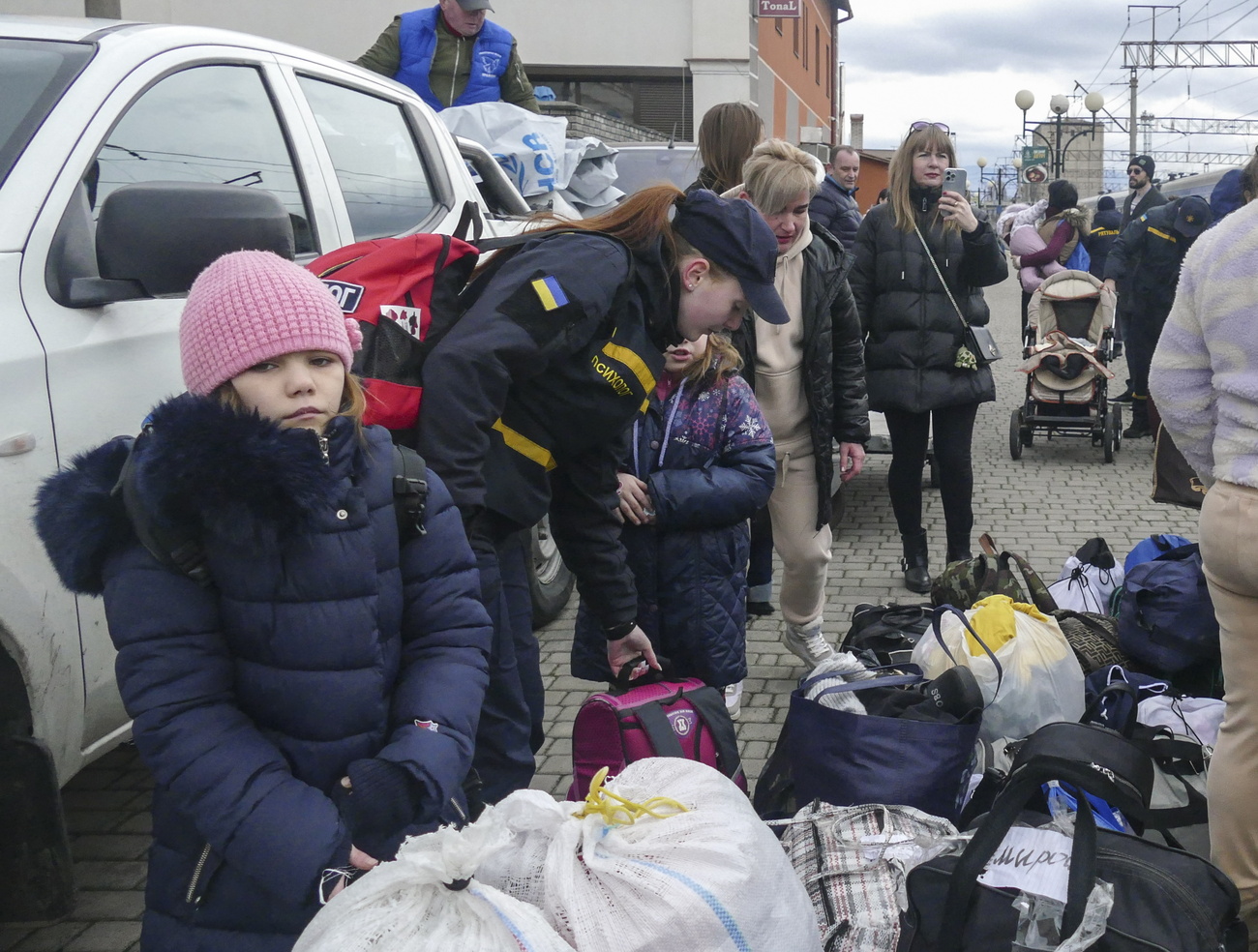




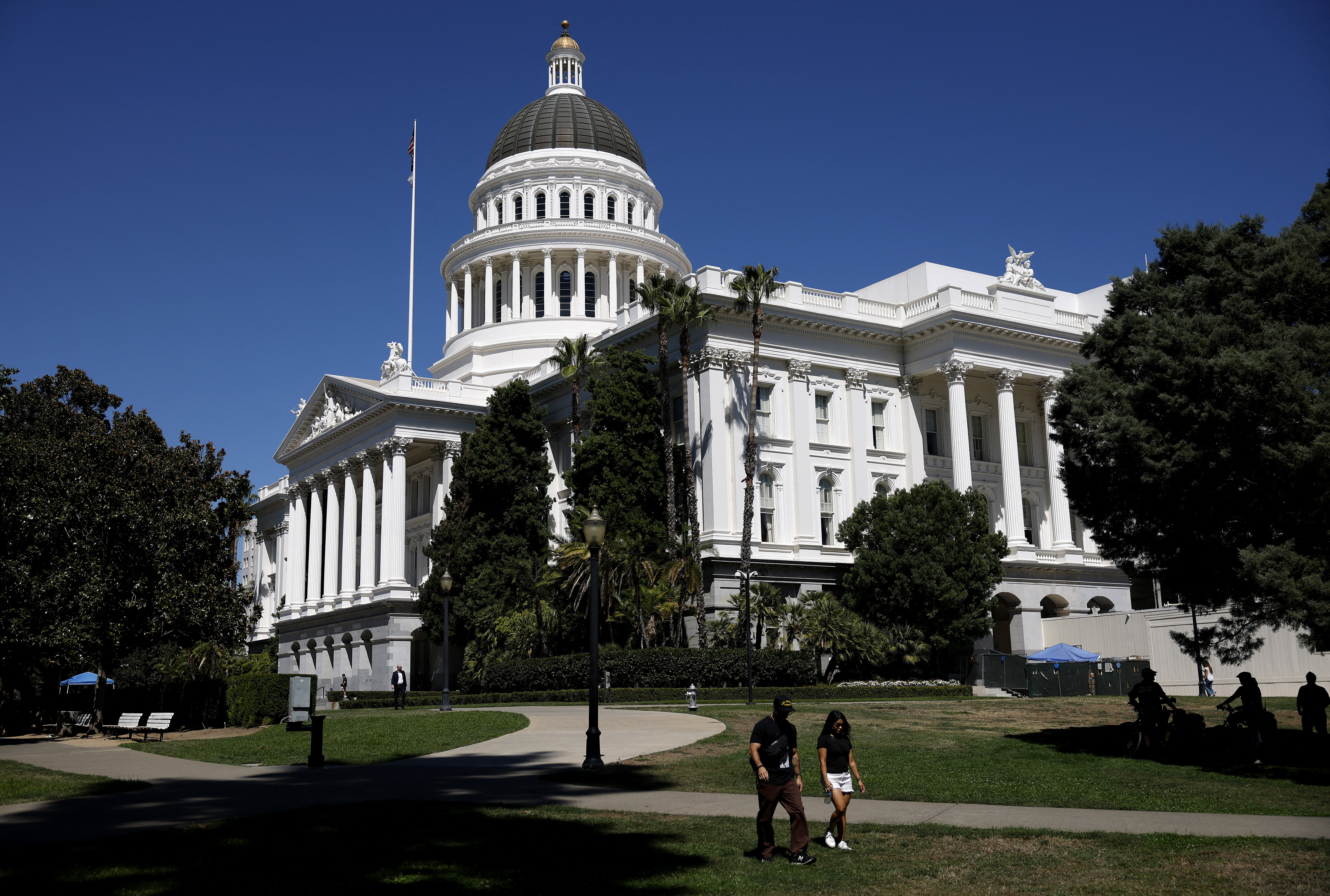
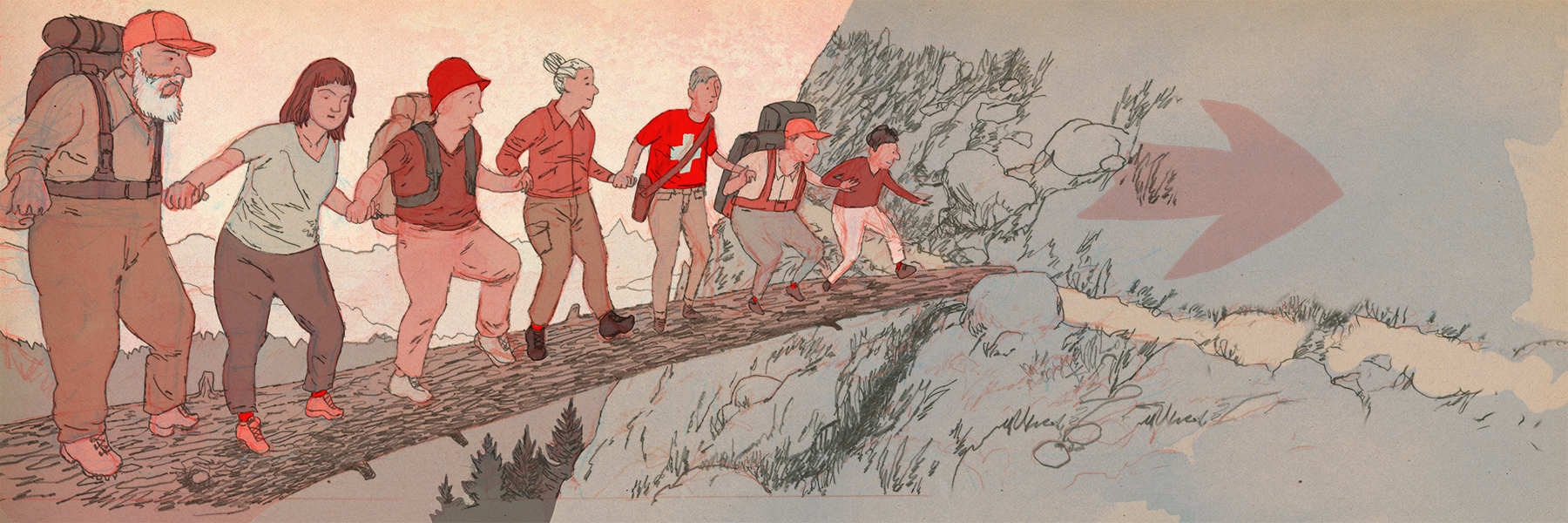







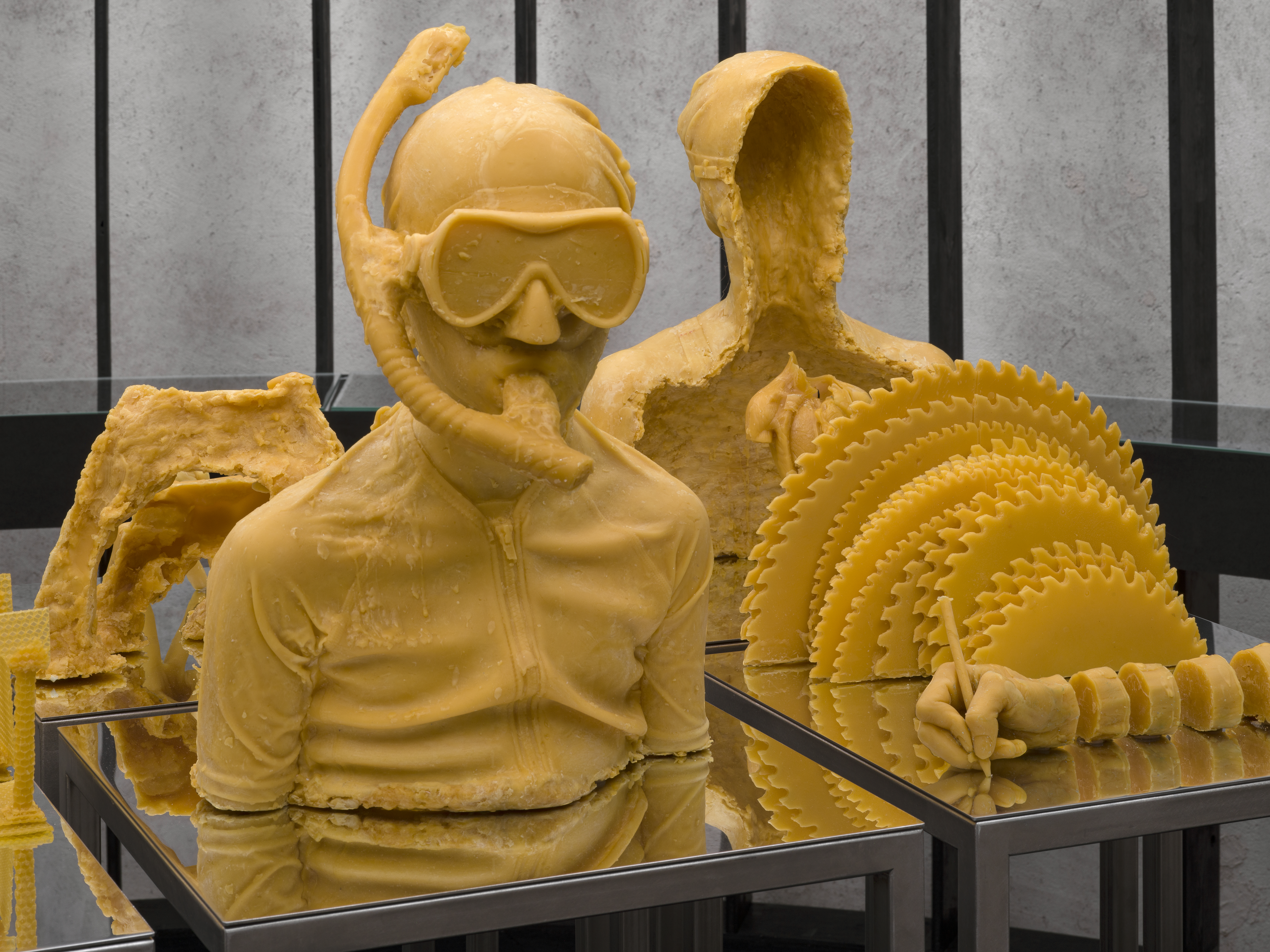
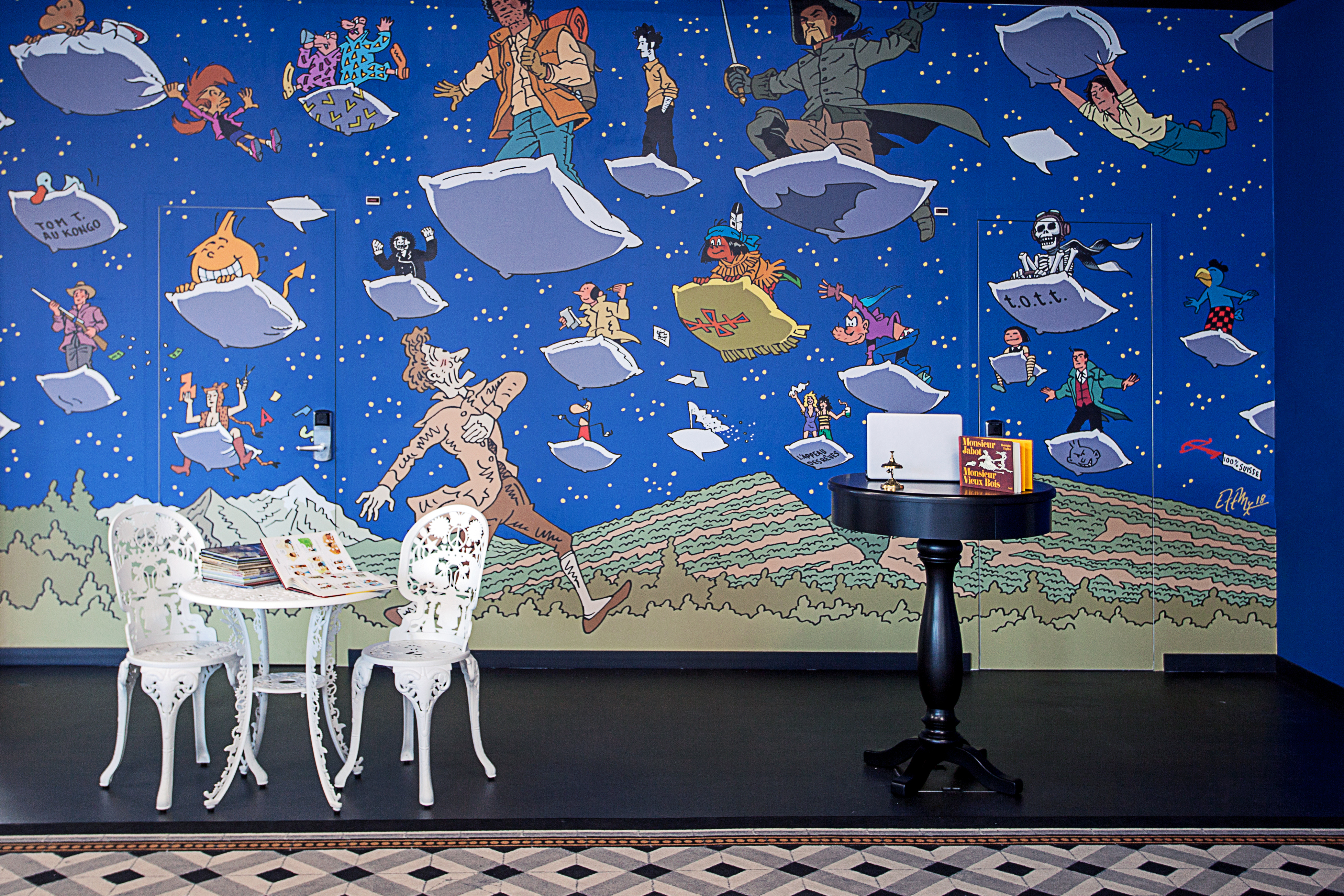



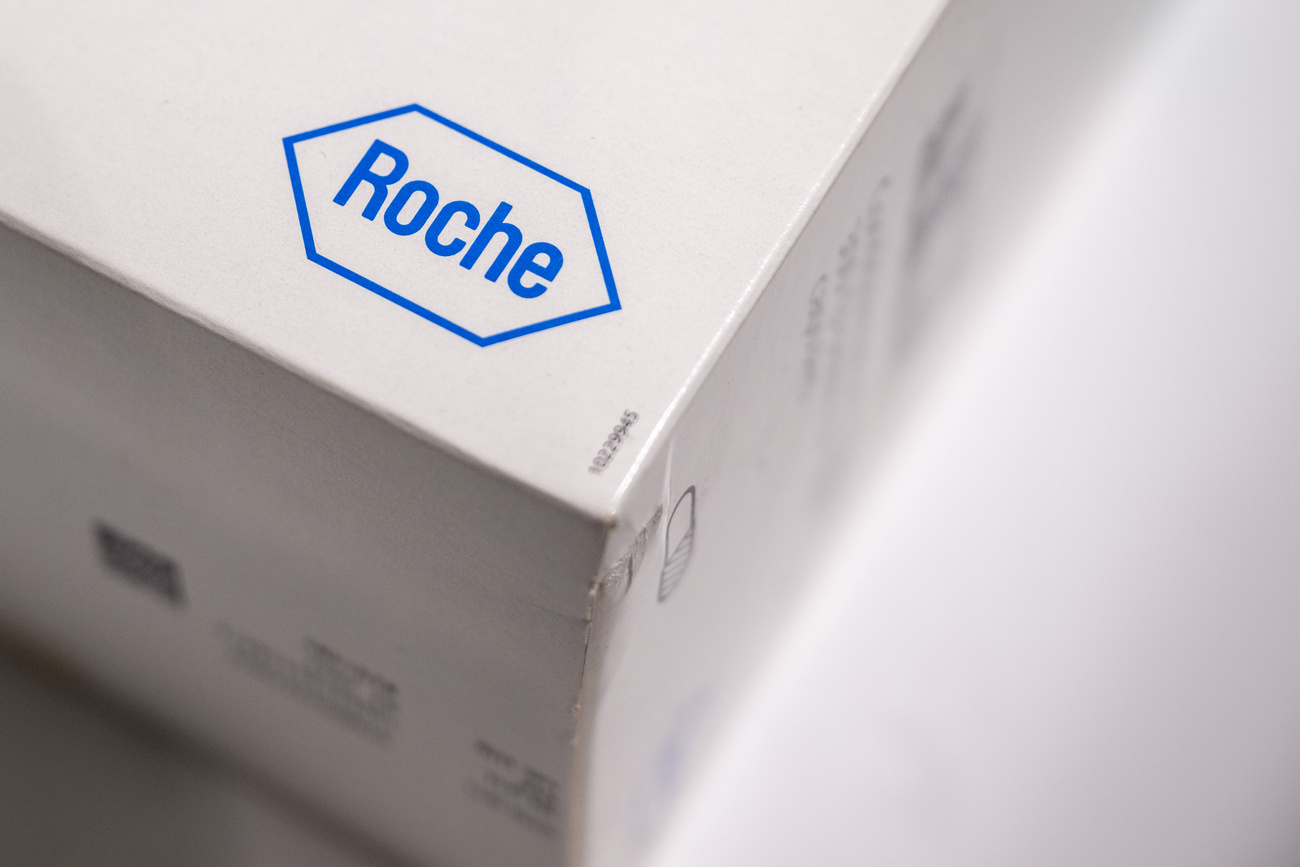







You can find an overview of ongoing debates with our journalists here . Please join us!
If you want to start a conversation about a topic raised in this article or want to report factual errors, email us at english@swissinfo.ch.